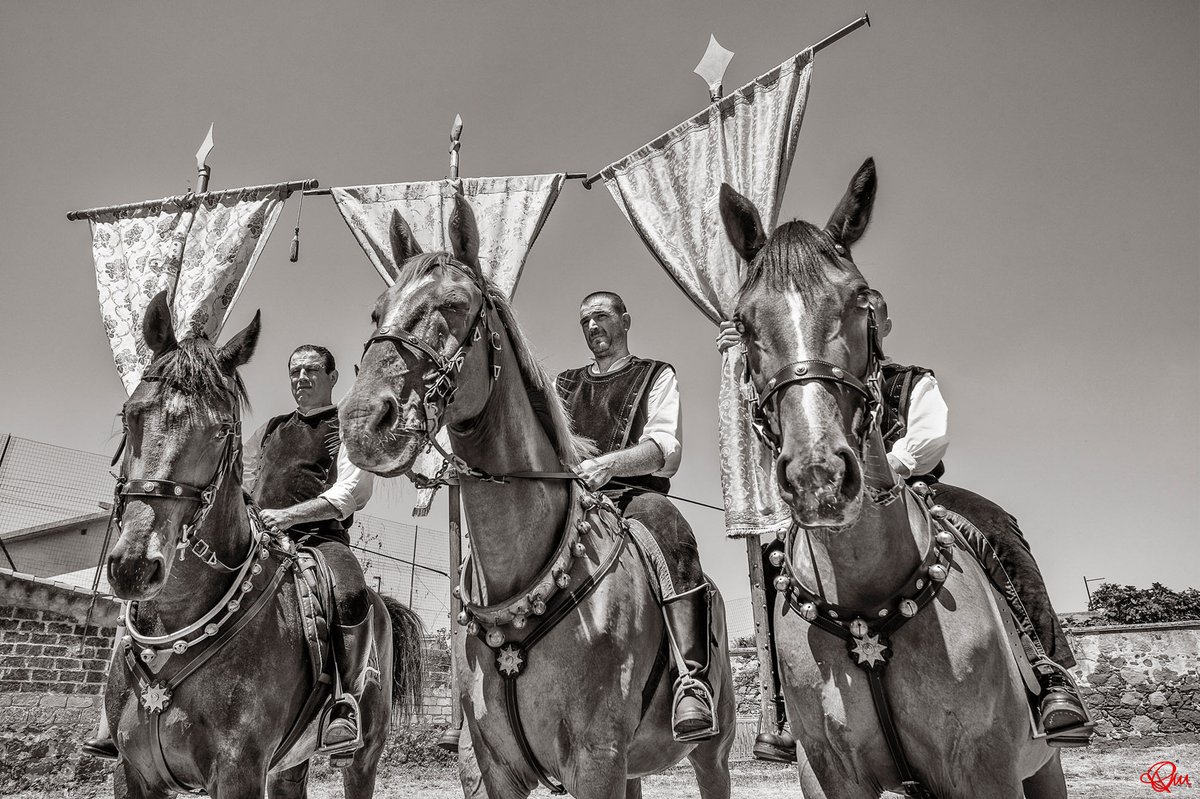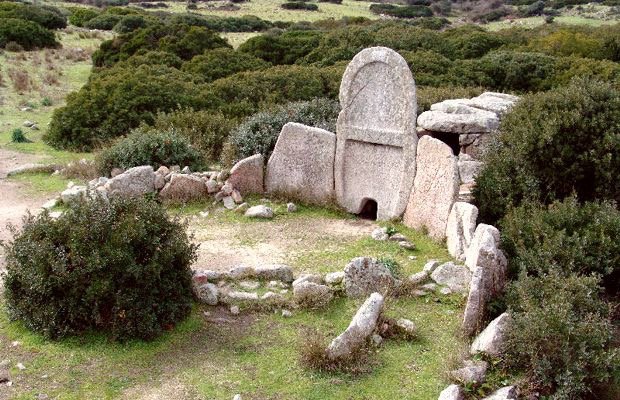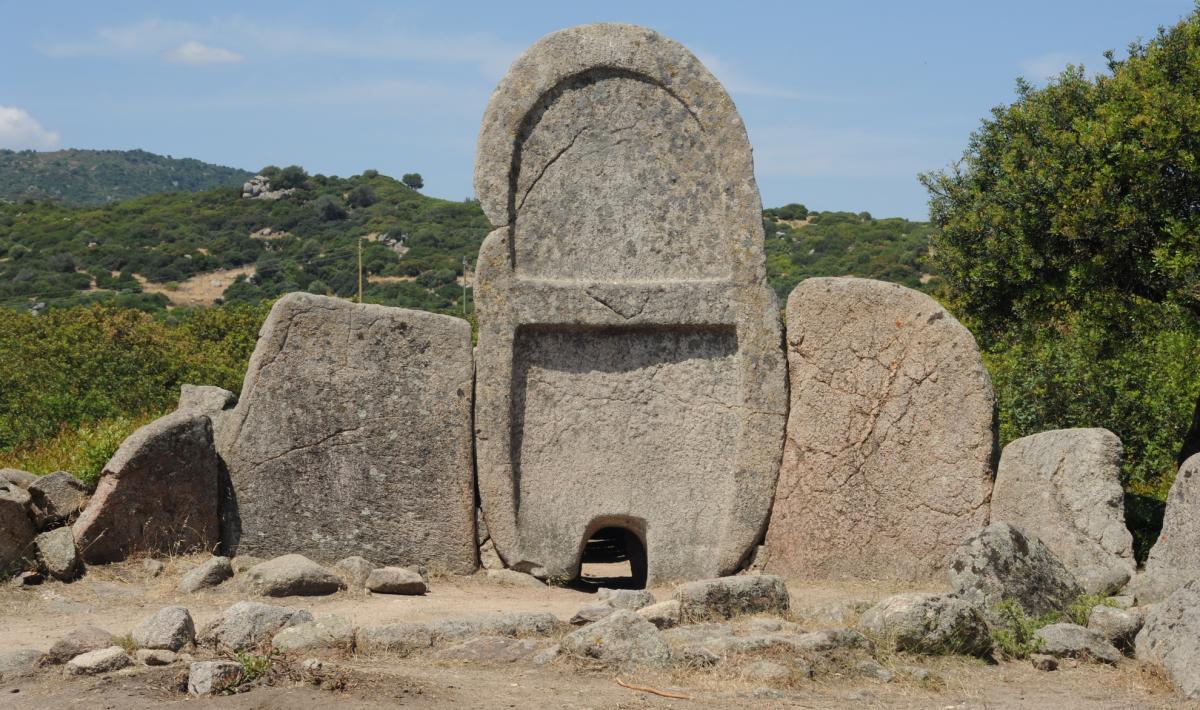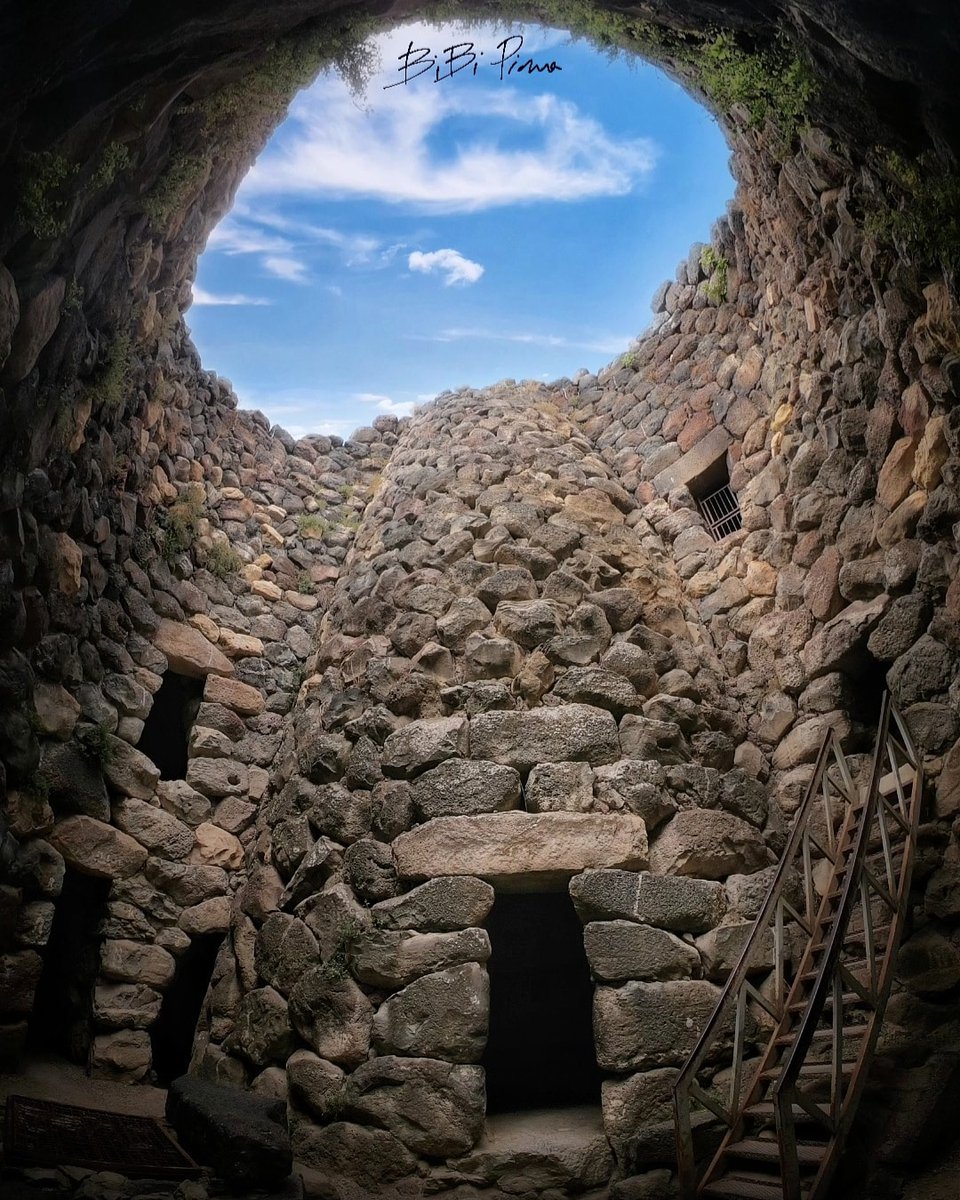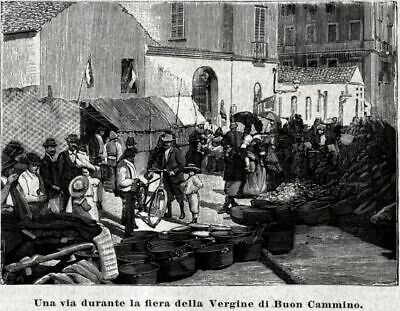
**The Institution of the KINGDOM of SARDINIA**
Chronological history and political organisation of the Kingdom of Sardinia (1324-1861) #Sardinia #history
📸 The funeral of Charles V of Habsburg, Holy Roman Emperor, king of the Crown of Spain, king of Sardinia (among others)
Chronological history and political organisation of the Kingdom of Sardinia (1324-1861) #Sardinia #history
📸 The funeral of Charles V of Habsburg, Holy Roman Emperor, king of the Crown of Spain, king of Sardinia (among others)
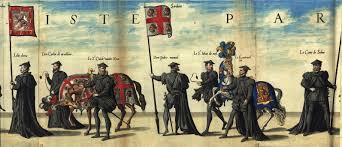
The very first man to be crowned king of Sardinia has been Barisone I of Arborea, in 1164, by the hand of the Holy Roman Emperor Friedrich I, but his attempt to conquer all Sardinia failed and the title ended with him ⬇️
https://twitter.com/DrWatson_writer/status/1392458230786363392?t=HGKotfWLZyD4zU7sf7eM3Q&s=19
The second attempt was done by the Pope Boniface VIII, in 1297, following the Sicilian Vespers. The Pope exchanged Sicily with Sardinia and gave the Aragonese king, James II, the possibility to invade Sardinia and Corsica to claim the title.
https://twitter.com/DrWatson_writer/status/1410216502737969155?t=HGKotfWLZyD4zU7sf7eM3Q&s=19
In 1324, after the conquest of Calari, the Infante Alfonso declared the foundation of the Kingdom of Sardinia, with its capital in Bonaria (the Catalan headquarters outside Calari). Little time later, Calari (Cagliari) became the capital and we have the construction of the royal-
-palace, where in 1355 Pere the Ceremonious held the first Parliament-like meeting (some consider this the first Parliament of the Kingdom of Sardinia; others prefer the one of Alfonso the Magnanimous in 1421).
The Kingdom of Sardinia became therefore part of the Crown of-
The Kingdom of Sardinia became therefore part of the Crown of-
-Aragon. The king of Sardinia was the Aragonese king; the capital of the Kingdom was Cagliari (Saragozza was the capital of the Crown).
In 1469, the Crown of Aragon became Crown of Spain, but nothing changed for Sardinia.
In 1720, following the Spanish war of succession-
In 1469, the Crown of Aragon became Crown of Spain, but nothing changed for Sardinia.
In 1720, following the Spanish war of succession-

-and after 20 years under Habsburg of Austria's rule, the Kingdom of Sardinia passed in the hands of the House of Savoy, already owners of the Duchy of Savoy, the Principality of Piedmont and County of Nice. The Savoy became kings (of Sardinia, not Piedmont) but the- 

-four states remained divided. Kingdom of Sardinia was the name for the entire lands, but each retained their rules and regulations. Sardinia still held the same organs of the Spanish period (see below). The capital was still Cagliari, even if the royal family lived in Turin. 



Following the expressions of reporters of the time, the lands of the peninsula became Sardinian states (not the contrary).
During the Napoleonic occupation of Turin, the Kingdom of Sardinia lost its peninsular lands and the royal family moved to Cagliari for around 20 years.
During the Napoleonic occupation of Turin, the Kingdom of Sardinia lost its peninsular lands and the royal family moved to Cagliari for around 20 years.

In 1848, we have another change. Sardinians requested to be equal to the rest of the peninsula, renouncing to their Parliament, viceroy and codex. With the Perfect Fusion, the inner confines of the Kingdom disappeared and all the former states followed the Statuto Albertino.
In 1861, the Kingdom of Sardinia annexed/conquered the rest of Italy and became Kingdom of Italy.
But what was the political organisation of the Kingdom? Each State of the Crown of Aragon/Spain had a lieutenant of the king, informally known as Viceroy, representing the king.
But what was the political organisation of the Kingdom? Each State of the Crown of Aragon/Spain had a lieutenant of the king, informally known as Viceroy, representing the king.

The viceroy didn't have full powers and was still submitted to the king's will. He remained in charge for 3 years and has been rarely renamed. He had legislative power and his edicts, called pregoni, lasted only during his 3 years. As representative of the king, he could - 

-summon the Parliament. There were also two Governors, of the Capo of Cagliari and Gallura and of the Capo of Logudoro. Their nationality could be anyone, but the viceroy has usually been non-Sardinian, while we find many of Sardinian nobility in the other charges.
The viceroy had several officers around him, such as the Regent of the Chancellery (second-most important figure after the viceroy), advocates and fiscal advocates, Intendants for local provinces.
Each State had a Parliament. It was summoned every ten years to approve the-
Each State had a Parliament. It was summoned every ten years to approve the-
-"donation" to the king, a tax the people decided to pay in turn of the king's attention to their problems. The Parliament could be summoned also for special debates. It was formed by 3 branches which could also freely gather by themselves when they needed; in that case, they-
-were called Stamenti (sing. Stamento). The three branches were: Stamento reale, composed by the majors of the royal cities (Iglesias, Cagliari, Oristano, Bosa, Sassari, Alghero, Castellaragonese/Castelsardo) with chief the major of Cagliari; Stamento militare, composed by-
-the nobles and feudal lords, with chief the noble with the oldest title (usually the Marquess of Villasor of the Alagon family, or the Marquess of Laconi of the Castelvì/Aymerich); Stamento ecclesiastico, composed by the bishops and archbishops and other clerics.
Finally (but not last), nobles couldn't be judged by the normal tribunal but by the Royal Audience (Reale Udienza), made up of 5-7 nobles to judge their peers. They were usually Sardinian and in favour of the local noble class, often generating frictions with the Spanish caste.
• • •
Missing some Tweet in this thread? You can try to
force a refresh


